In software development, a robust tech stack for web development stands as the cornerstone, dictating project success or hurdles. Carefully curating a technology stack is paramount for seamless web application creation and ensuring a positive user experience. The right tech stack forms the bedrock upon which the entire development process relies, encompassing programming languages, web servers, and operating systems crucial for efficient web app creation.
Aloa is an expert in software outsourcing, specializing in aiding businesses and startups in navigating these challenges. Their expertise guides enterprises toward selecting the best tech stack for their needs, considering factors like development time, business logic, and the intricate balance between front-end and back-end technologies.
This blog will delve into various web development tech stacks and their notable features for your software development project. Afterward, you will comprehensively understand how to choose the right tech stack for diverse industries and projects, considering factors like ease of use, community support, and alignment with specific business needs.
Whether enhancing software applications or mobile application development, this guide navigates the nuances of selecting the best tech stack for web development for successful web endeavors.
Let's get started!
9+ Common Tech Stack for Web Development
Selecting the right tech stack is crucial for building efficient and robust web applications. A tech stack comprises programming languages, frameworks, libraries, and tools developers use to create web solutions. Let's explore these nine tech stack for web development widely adopted to build web applications.
Front-end Development Technology Stacks
Front-end technology stacks are crucial for creating a website or web application's user interface and user experience. They consist of programming languages, libraries, and frameworks for building the client side of web applications.
Three of the best front-end technology stacks include:
React Stack
.webp)
The React Stack refers to a combination of technologies primarily centered around React.js, a powerful JavaScript library for building user interfaces. This stack commonly includes tools like Redux for state management, Webpack for bundling, and Babel for transpiling.
React simplifies the creation of interactive UIs by breaking them into components, promoting reusability and easier maintenance. Its virtual DOM boosts performance by selectively rendering components. However, the learning curve for newcomers and the necessity of additional libraries for complex applications are potential limitations.
Notable Features of Using React Stack
- Component-Based Architecture: React's modular structure allows for the creation of reusable components, enhancing development speed and maintainability.
- Virtual DOM: Enables efficient rendering, minimizes page reloads, and enhances overall performance.
- JSX: This syntax extension simplifies writing components by seamlessly blending HTML structures into JavaScript code.
- One-way Data Binding: Maintaining unidirectional data flow ensures better control over the application state, minimizing unexpected behaviors.
- Thriving Ecosystem: The React ecosystem is rich with libraries and community support, facilitating extensive customization and scalability.
Considerations for Using React Stack
When considering React tech stack for web development, evaluate the team's familiarity with JavaScript frameworks, the project's scalability requirements, and the need for extensive user interactions. Ensure the team is well-versed in React's ecosystem for optimal utilization and leverage its strengths in building dynamic, component-based web applications.
Angular Stack
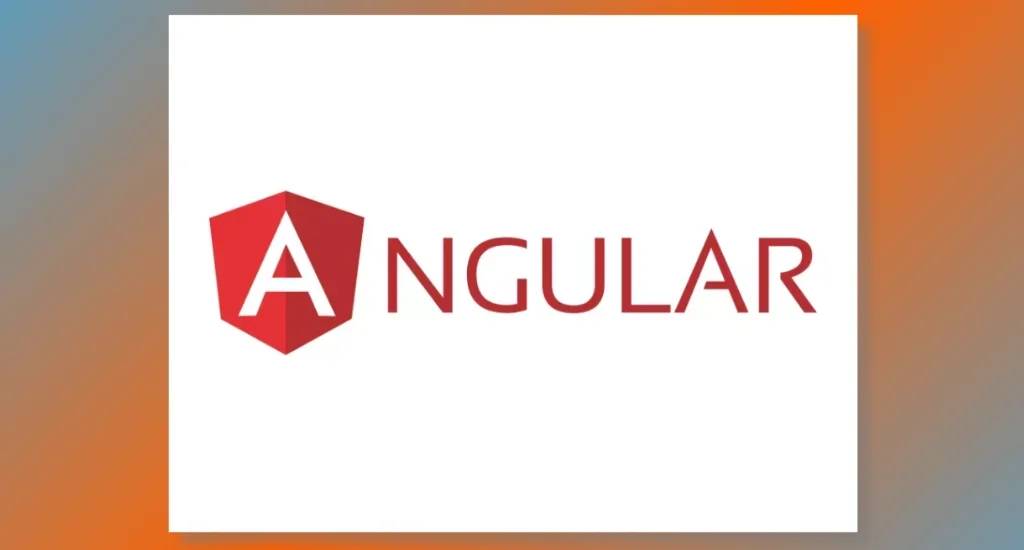
The Angular Stack comprises technologies centered around Angular, a comprehensive JavaScript framework developed and maintained by Google. Angular provides a structured approach to building dynamic web applications, incorporating features like two-way data binding, dependency injection, and a modular architecture.
Angular creates complex, feature-rich applications with robust data binding and component-based structure. It enforces a clear development structure and supports TypeScript for enhanced code maintainability. However, the learning curve can be steep, and the framework might be overkill for smaller projects.
Notable Features of Using Angular Stack
- Two-way Data Binding: Simplifies data synchronization between the model and view, reducing boilerplate code.
- Dependency Injection: Enables efficient management of components and services, enhancing modularity and testability.
- TypeScript Support: Angular is built with TypeScript, providing strong typing and improved tooling for better code quality.
- RxJS Integration: Reactive programming with RxJS allows for seamless handling of asynchronous operations and events.
- CLI (Command Line Interface): Angular CLI streamlines project setup, code generation, and testing, promoting development efficiency.
Considerations for Using Angular Stack
When contemplating the Angular tech stack for web development, assess the project's complexity, the development team's familiarity with TypeScript, and the need for a robust structure. Angular is well-suited for large-scale applications where a comprehensive framework can bring order to intricate requirements. Ensure team members are trained in Angular's conventions and take advantage of the extensive documentation and community support for a successful implementation.
Vue.js Stack
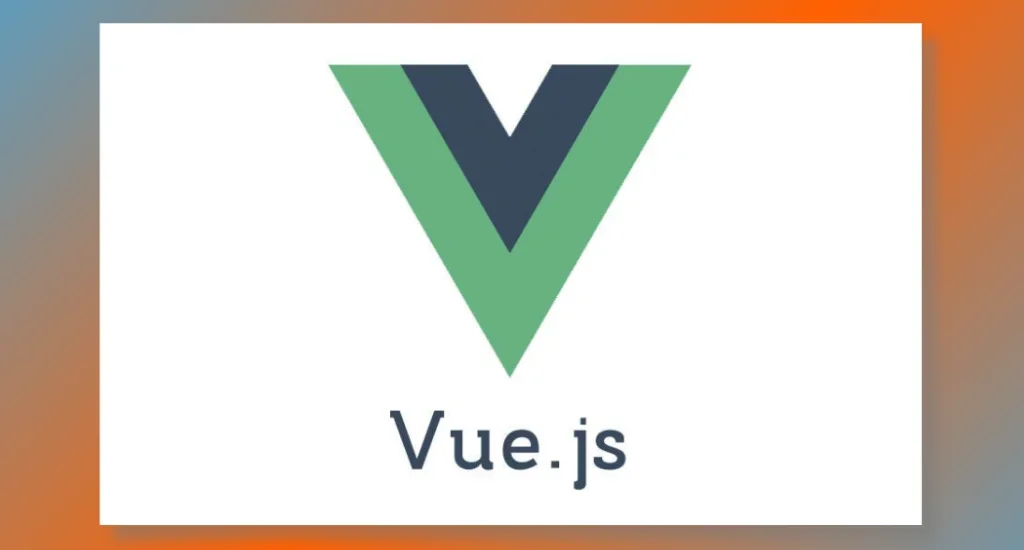
The Vue.js Stack encompasses technologies centered around Vue.js, a progressive JavaScript framework for building user interfaces. Vue.js is known for its simplicity and flexibility, allowing developers to adopt its features incrementally. It's often used to create single-page applications and component-based architectures.
Vue.js stands out for its ease of integration, making it an excellent choice for small-scale projects and more significant applications. It offers reactive data binding and a straightforward learning curve. However, it may not have as extensive a community and ecosystem as React or Angular. While working on any VueJS project you can consider using a pre-built Vue admin template as it will boost your workflow, saving you time & money.
Notable Features of Using Vue.js Stack
- Reactivity: Vue.js provides a reactive data binding system that ensures efficient updates to the user interface based on changes in the underlying data.
- Component-Based Architecture: Similar to React, Vue.js encourages building applications as a tree of components, promoting code reuse and maintainability.
- Vue CLI: The Vue Command Line Interface simplifies project setup, scaffolding, and development workflows.
- Directives: Vue.js includes powerful directives like v-if, v-for, and v-bind that enhance template functionality.
- Flexibility: Vue.js can be incrementally adopted into existing projects, making it suitable for various applications.
Considerations for Using Vue.js Stack
When considering the Vue.js tech stack for web development, evaluate the project's size, the team's familiarity with JavaScript frameworks, and the need for a flexible and easy-to-learn solution. Vue.js is particularly well-suited for projects where simplicity and ease of integration are crucial. Leverage Vue.js's strengths in rapid development and straightforward syntax while considering the available libraries and community support for extended functionality.
Back-end Development Technology Stacks
Back-end technology stacks are responsible for server-side logic, database management, and handling requests and responses from the client side. This tech stack for web development includes server-side languages, frameworks, and databases.
Three of the best back-end technology stacks include:
Node.js Stack
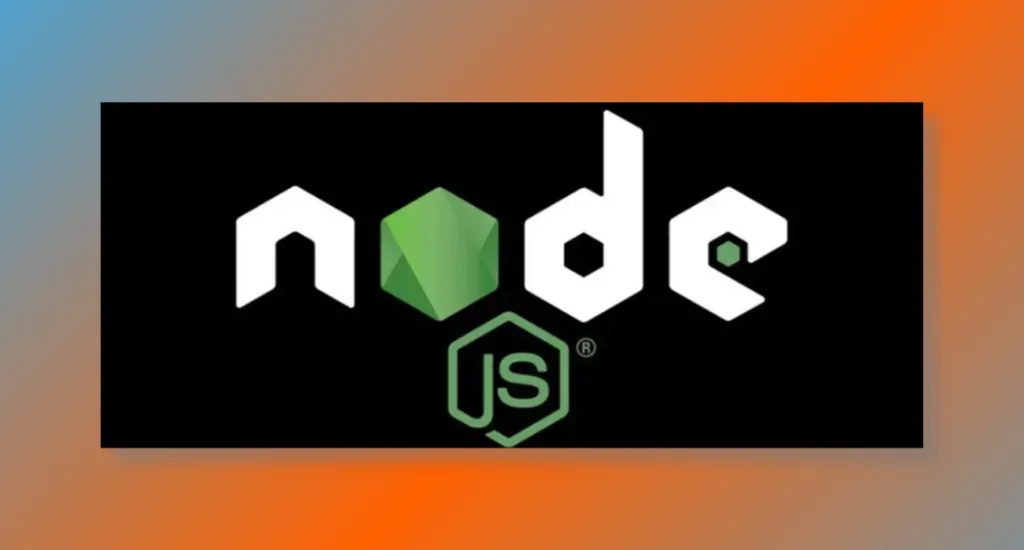
The Node.js Stack represents a set of technologies centered around Node.js, a server-side JavaScript runtime. Known for its non-blocking, event-driven architecture, Node.js is widely used for building scalable and high-performance web applications.
Node.js excels in handling concurrent connections, making it suitable for real-time applications. It leverages a vast ecosystem of packages through npm (Node Package Manager). However, it may face challenges with CPU-bound tasks, where CPU throttling can impact performance, and developers need to be mindful of callback hell, which can be mitigated using modern JavaScript features or adopting async/await.
Notable Features of Using Node.js Stack
- Asynchronous I/O: Node.js's event-driven architecture allows for non-blocking I/O operations, making it well-suited for handling multiple concurrent requests.
- npm (Node Package Manager): A robust package ecosystem provides many libraries and modules, enhancing development speed and code reuse.
- Scalability: Node.js is designed for scalability, making it a good fit for applications with a high volume of simultaneous connections.
- Single Language: With JavaScript as the primary language for both front-end and back-end, developers can seamlessly switch between client and server-side development.
- Express.js Framework: When used with Node.js, Express.js simplifies building robust web applications and APIs.
Considerations for Using Node.js Stack
When opting for the Node.js tech stack for web development, consider the nature of your application, scalability requirements, and the team's proficiency in JavaScript. Node.js is particularly advantageous for projects demanding real-time features and handling numerous concurrent connections. Ensure the team is well-versed in asynchronous programming paradigms and leverage the extensive npm repository for efficient development.
Python Stack
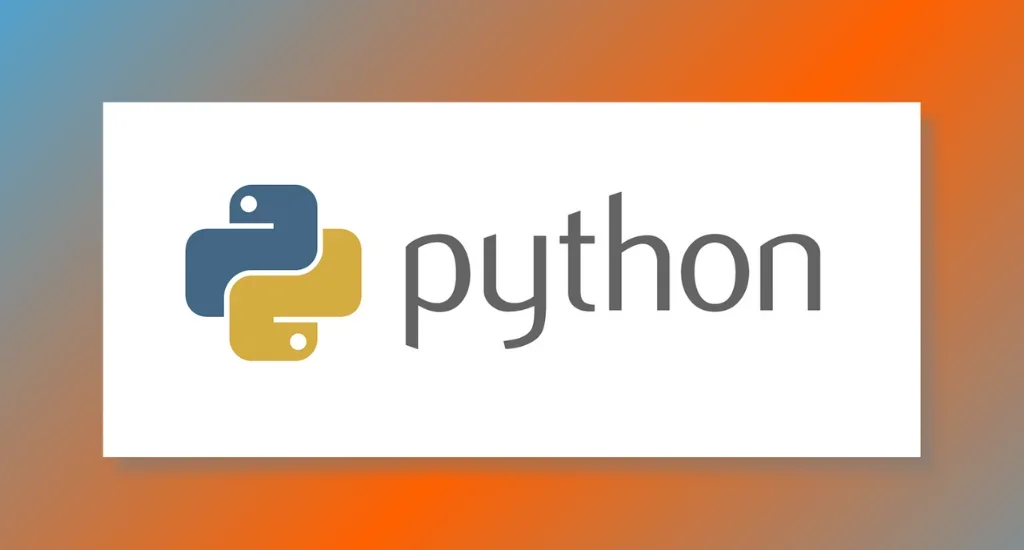
The Python stack comprises a set of technologies centered around the Python programming language for back-end development. Python is known for its readability, versatility, and a rich ecosystem of frameworks and libraries.
Python's simplicity and ease of learning make it a popular choice. Its extensive libraries, like Django and Flask, expedite development. However, Python may not be as performant as some lower-level languages for CPU-intensive tasks, and its asynchronous programming capabilities have improved with frameworks like asyncio.
Notable Features of Using Python Stack
- Django Framework: Known for its "batteries-included" philosophy, Django provides a high-level, full-stack development framework, emphasizing rapid development and clean, pragmatic design.
- Flask Microframework: Flask is lightweight and modular, offering flexibility to developers while providing essential components for building web applications.
- Versatility: Python's versatility allows developers to use it for various applications beyond web development, such as data analysis, machine learning, and automation.
- Community Support: Python has a vast and active community, contributing to many resources, documentation, and third-party packages.
- Asynchronous Programming: With the introduction of asyncio and other asynchronous frameworks, Python has become more proficient in handling concurrent tasks.
Considerations for Using Python Stack
When opting for the Python tech stack for web development, assess the project's complexity, development speed requirements, and the team's proficiency in Python. Django suits larger projects with built-in features, while Flask offers flexibility for smaller applications. Consider leveraging Python's data science and machine learning strengths if the project extends beyond traditional web development. Ensure the team is familiar with Python's asynchronous programming capabilities if handling concurrent tasks is crucial.
Ruby on Rails Stack
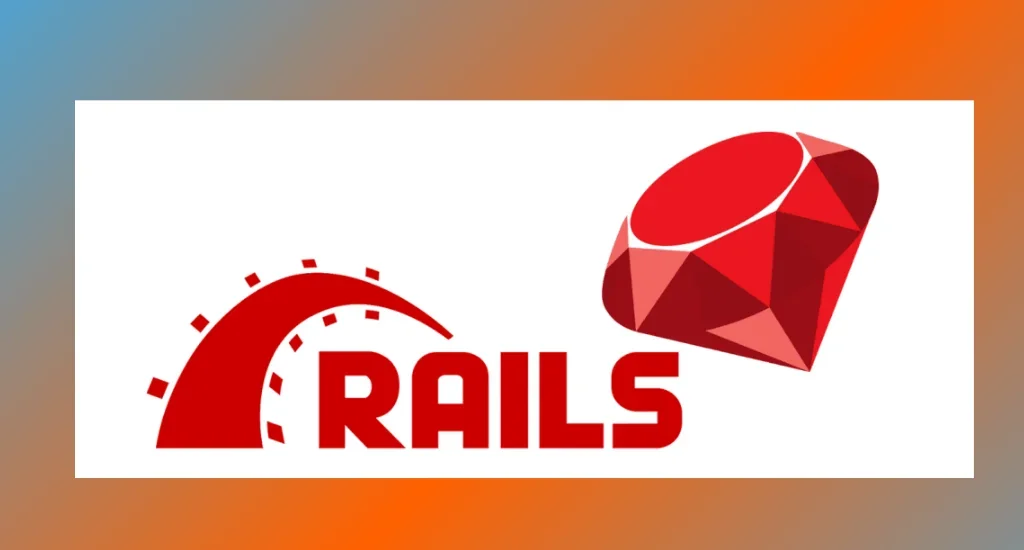
The Ruby on Rails Stack represents a collection of technologies centered around the Ruby programming language and the Ruby on Rails web application framework. Ruby on Rails, commonly known as Rails, follows the convention over configuration (CoC) and don't repeat yourself (DRY) principles, promoting efficient and elegant code.
Ruby on Rails emphasizes developer productivity and follows a convention-based approach, reducing the need for explicit configuration. Its active community, built-in conventions, and a wide range of plugins contribute to faster development. However, additional configuration may be necessary for applications with specific requirements outside Rails' conventions.
Notable Features of Using Ruby on Rails Stack
- Convention over Configuration: Rails relies on conventions, reducing the code and configuration needed, leading to faster development.
- Active Record: An object-relational mapping (ORM) system simplifies database interactions by representing tables as Ruby objects.
- RESTful Architecture: Rails encourages RESTful routes and follows REST principles, enhancing the scalability and maintainability of applications.
- Scaffolding: Automated code generation tools in Rails, known as scaffolding, expedite the creation of basic application components.
- Gem Ecosystem: The RubyGems package manager allows developers to easily integrate third-party libraries and extensions, expanding the functionality of Rails applications.
Considerations for Using Ruby on Rails Stack
When choosing the Ruby on Rails tech stack for web development, consider the project's adherence to conventions, development speed requirements, and the team's familiarity with Ruby. Ruby on Rails is particularly effective for projects where convention-based development is advantageous, promoting rapid prototyping and code consistency. Ensure the team is well-acquainted with Rails conventions and explores the extensive gem ecosystem for efficient development.
Data Storage and Databases Technology Stacks
Data storage and database technology stacks are essential for managing and storing web applications' structured and unstructured data.
Three of the best data storage and database technology stacks include:
MySQL
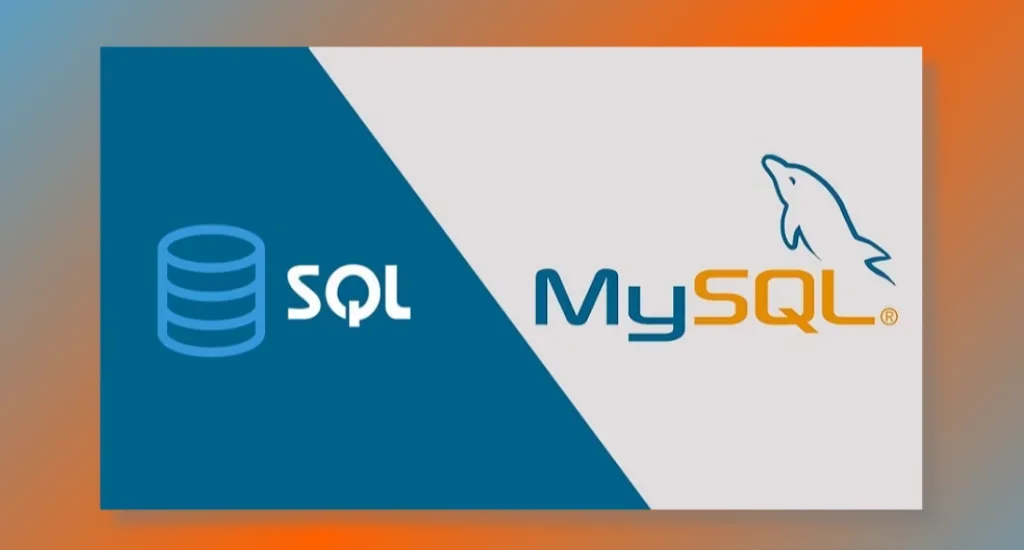
MySQL is an open-source relational database management system (RDBMS) that efficiently handles the storage, retrieval, and management of data. It uses Structured Query Language (SQL) for interacting with databases and is widely utilized for various applications, ranging from small-scale websites to large-scale enterprise systems.
MySQL offers a robust, ACID-compliant database solution supporting transactions, making it suitable for applications requiring data integrity. It is known for its speed, reliability, and ease of use. However, limitations exist such as the lack of built-in support for some advanced features compared to other databases.
Notable Features of Using MySQL
- Relational Database Management: MySQL follows a relational model, allowing the structuring of data into tables with defined relationships, ensuring data integrity and consistency.
- ACID Compliance: MySQL ensures Atomicity, Consistency, Isolation, and Durability, providing a reliable foundation for transactional applications.
- Performance Optimization: Indexing, caching mechanisms, and query optimization tools contribute to MySQL's high-performance capabilities.
- Security Features: MySQL offers robust security features, including user authentication, encryption, and access control, safeguarding sensitive data.
- Scalability: With support for partitioning and replication, MySQL facilitates the scalability of databases to handle increasing data volumes and user loads.
Considerations for Using MySQL
When considering MySQL as the database solution, evaluate the nature of the application, data structure requirements, and expected user concurrency. Assess the development team's familiarity with SQL and MySQL-specific optimizations. MySQL is well-suited for a broad range of applications, but ensuring alignment with specific project needs is crucial for optimal data management and storage.
MongoDB
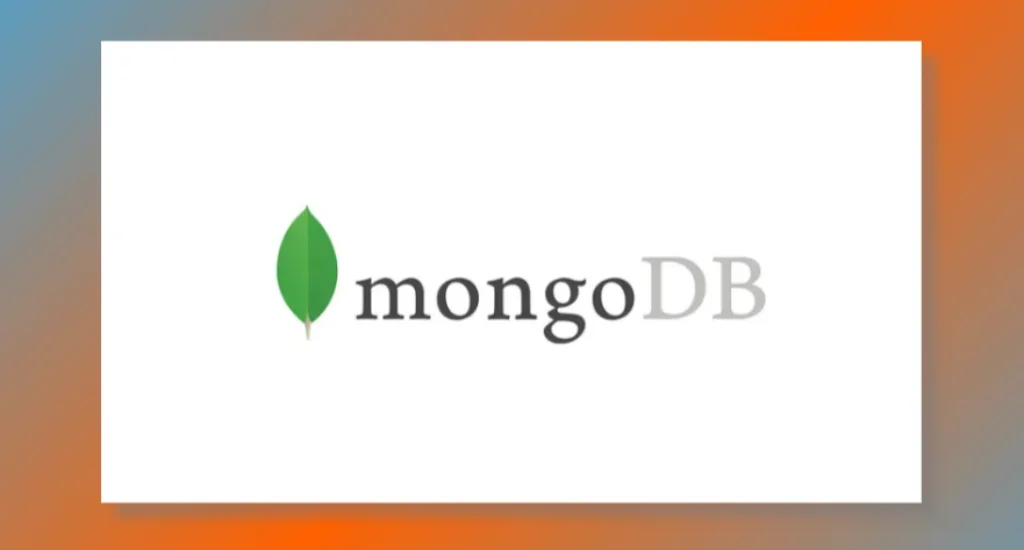
MongoDB is a NoSQL, document-oriented database management system designed for flexibility and scalability. It stores data in BSON (Binary JSON) format, allowing for the representation of complex structures and relationships within documents. MongoDB is particularly well-suited for applications with dynamic and evolving schemas.
MongoDB excels in handling unstructured or semi-structured data, providing scalability and ease of horizontal scaling. Its JSON-like document model allows for seamless integration with modern development frameworks. However, it may not be optimal for applications with stringent ACID compliance requirements.
Notable Features of Using MongoDB
- Schema Flexibility: MongoDB's document-based approach allows developers to work with flexible schemas, accommodating changes in data structure without downtime.
- Horizontal Scalability: MongoDB supports sharding, enabling data distribution across multiple servers, enhancing performance, and accommodating growing datasets.
- Query Language: MongoDB employs a powerful query language for document retrieval, supporting complex queries and indexing for efficient data access.
- Aggregation Framework: The aggregation framework allows for data transformation and processing within the database, reducing the need for additional processing in the application layer.
- Geospatial Indexing: MongoDB includes geospatial indexing capabilities, making it suitable for location-based applications.
Considerations for Using MongoDB
When contemplating MongoDB as a database solution, assess the project's requirements for scalability, data complexity, and the need for a flexible schema. MongoDB mainly benefits projects requiring rapid development cycles and handling diverse data types. Ensure the development team is familiar with NoSQL concepts and can leverage MongoDB's features effectively for optimal database performance.
PostgreSQL
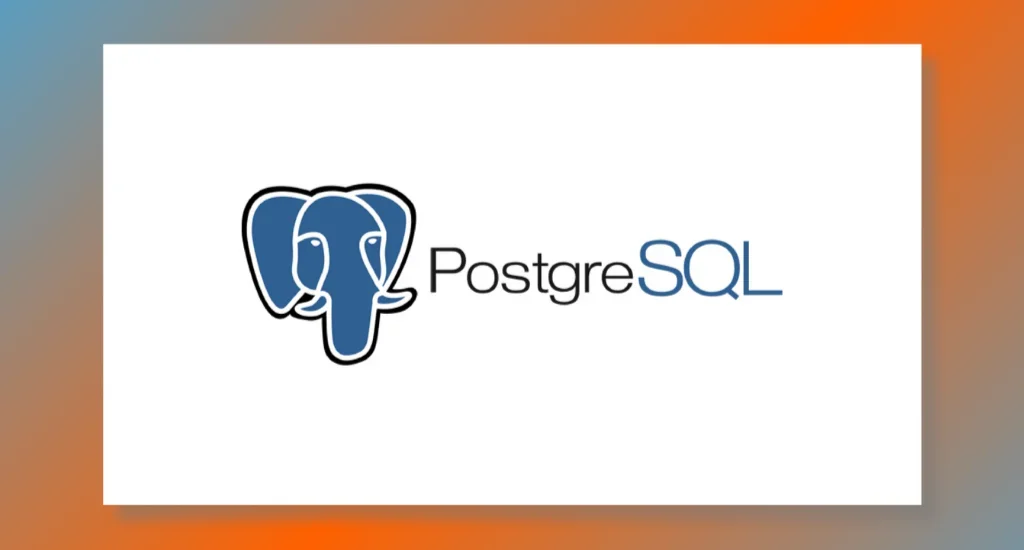
PostgreSQL, often called Postgres, is an open-source relational database management system (RDBMS) known for its extensibility, standards compliance, and support for complex data types. It offers a comprehensive set of data storage, retrieval, and management features.
PostgreSQL is recognized for its reliability, extensibility, and adherence to SQL standards. It supports advanced data types, indexing, and transactions with ACID compliance. However, its performance in specific scenarios may require fine-tuning, and extensive documentation is essential for harnessing its full capabilities.
Notable Features of Using PostgreSQL
- Extensibility: PostgreSQL allows adding custom functions, operators, and data types, providing developers with the flexibility to tailor the database to specific project needs.
- Advanced Data Types: Besides standard SQL types, PostgreSQL supports complex data types such as arrays, hstore (key-value pairs), and JSON, facilitating diverse data storage requirements.
- ACID Compliance: PostgreSQL ensures Atomicity, Consistency, Isolation, and Durability, making it suitable for applications demanding robust transactional support.
- Full-Text Search: The built-in full-text search capabilities enable efficient and accurate search functionality, enhancing the handling of textual data.
- Concurrency Control: PostgreSQL supports various levels of concurrency control, allowing multiple users to access and modify data simultaneously while maintaining consistency.
Considerations for Using PostgreSQL
When considering PostgreSQL for a database solution, evaluate the project's requirements for extensibility, advanced data types, and transactional support. Assess the team's familiarity with SQL standards, and PostgreSQL-specific features to fully harness the database's potential. PostgreSQL is well-suited for many applications, especially those requiring extensibility and support for diverse data types.
How to Choose the Right Tech Stack for Web Development
Choosing the right tech stack for web development is crucial for the success of any project. The intricacies in making this decision are influenced by several factors that collectively determine the end product's efficiency, scalability, and security.
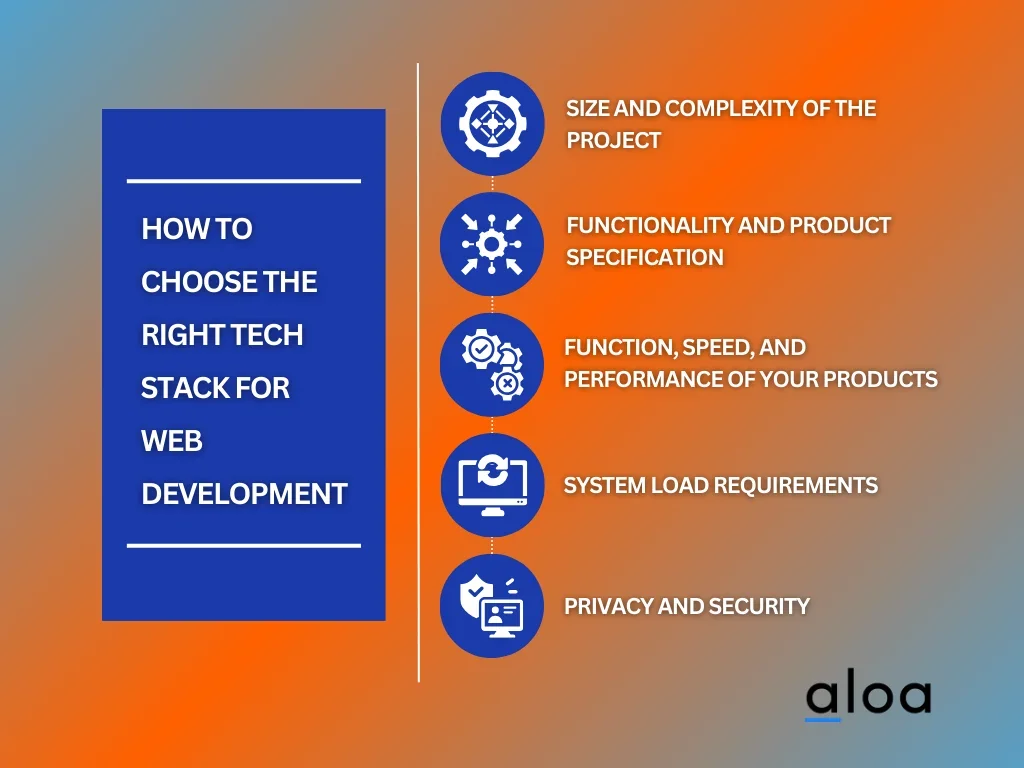
Size and Complexity of the Project
The first crucial factor in selecting a tech stack for web development is the size and complexity of the project. A small-scale website may thrive with a more straightforward stack, while a complex web application demands a more sophisticated and scalable tech stack. It's imperative to assess the project's scope and envision its future growth to make an informed choice.
Functionality and Product Specification
Understanding the functionality and product specifications is another vital consideration. Different projects may require different functionalities, and some web development stacks are more adept at handling specific features. Clearly defining the project's objectives and functionalities allows for a targeted selection of the most appropriate tech stack.
Function, Speed, and Performance of Your Products
The required function, speed, and performance expectations should align with the capabilities of the chosen tech stack for web development. If speed is of the essence, considering a stack that emphasizes rapid development and efficient data processing is crucial. Web developers must evaluate the performance benchmarks of each stack to ensure it meets the project's specific demands.
System Load Requirements
System load requirements are pivotal in selecting a tech stack for web development. Consider the anticipated traffic and usage patterns of your web application. A scalable stack that can handle varying loads is essential for a seamless user experience. Scalability ensures that the system can gracefully expand to accommodate increased demand without compromising performance.
Privacy and Security
Privacy and security are non-negotiable aspects of any web development stack. With the increasing threats to online security, opting for a stack prioritizing robust security features is paramount. Regular updates, strong encryption methods, and a proactive approach to cybersecurity should be integral to the chosen tech stack.
Key Takeaway
Selecting the right tech stack for web development is a crucial factor in ensuring the success of your projects. The impact on web development cannot be overstated, influencing everything from user interface design to database management. The demand for stacks has surged in recent years, demonstrating their effectiveness in application logic, web pages, and mobile apps.
The choice of a good stack significantly shapes the development environment. As technology evolves, the importance of a well-matched tech stack remains a popular choice for efficient web application development.
Connect with us at [email protected] to discover how the right tech stack for web development can transform your web application development, enabling you to navigate the dynamic landscape of modern technology effectively.

